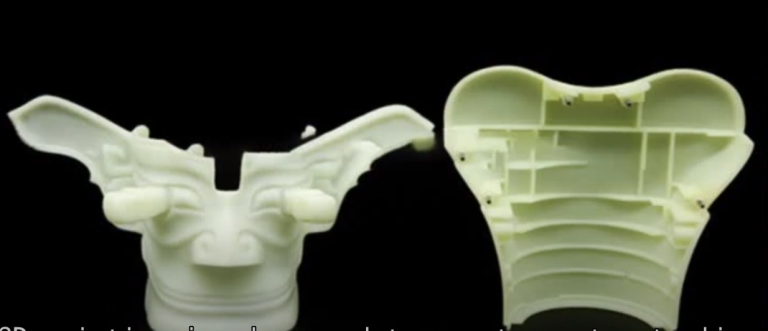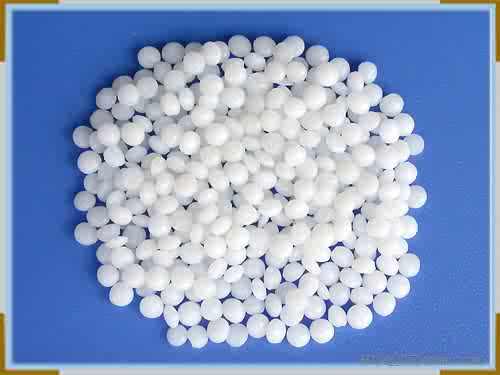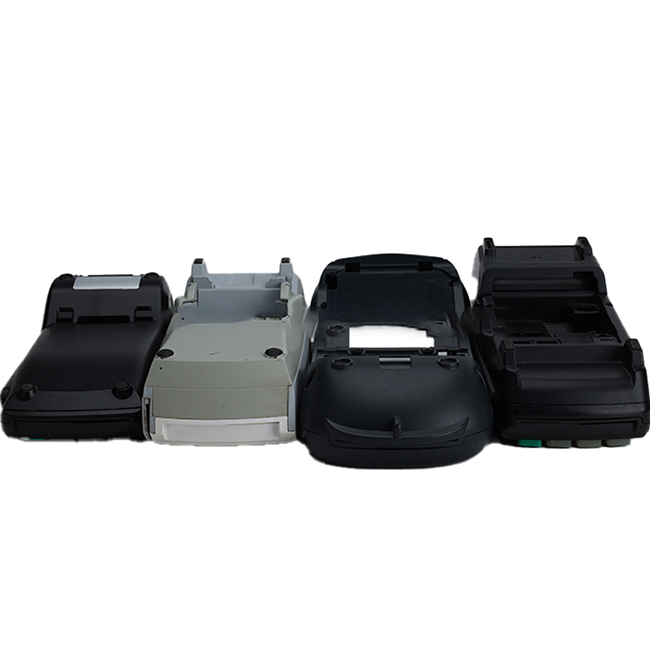Table of Contents
Benefits of Using a 450 Ton Plastic Injection Molding Machine
Plastic injection molding is a widely used manufacturing process that involves injecting molten plastic material into a mold cavity. This process allows for the production of a wide range of plastic parts and products with high precision and efficiency. One key factor in the success of plastic injection molding is the use of the right equipment, such as a 450 ton plastic injection molding machine.
A 450 ton plastic injection molding machine is a powerful and versatile tool that offers a number of benefits for manufacturers. One of the main advantages of using a machine of this size is its ability to produce large and complex parts with high precision. The 450 ton machine has a large clamping force, which allows it to exert enough pressure to mold even the most intricate shapes and designs. This makes it ideal for producing a wide range of products, from automotive parts to medical devices.
In addition to its precision, a 450 ton plastic injection molding machine is also highly efficient. The machine is capable of producing a large number of parts in a short amount of time, which can help manufacturers meet tight production deadlines and reduce overall costs. The high-speed injection and clamping mechanisms of the machine ensure quick cycle times, resulting in increased productivity and profitability for the manufacturer.
Another benefit of using a 450 ton plastic injection molding machine is its versatility. The machine can be used to produce parts in a variety of materials, including thermoplastics, thermosets, and elastomers. This flexibility allows manufacturers to create products with different properties and characteristics, depending on their specific needs. Additionally, the machine can be easily customized to accommodate different mold sizes and configurations, making it suitable for a wide range of applications.
Furthermore, a 450 ton plastic injection molding machine is also cost-effective in the long run. While the initial investment in such a machine may be higher than smaller models, the increased production capacity and efficiency of the machine can result in significant cost savings over time. The machine’s ability to produce large quantities of parts quickly and accurately can help manufacturers reduce waste, minimize downtime, and improve overall profitability.
Overall, a 450 ton plastic injection molding machine offers a number of benefits for manufacturers looking to produce high-quality plastic parts and products. Its precision, efficiency, versatility, and cost-effectiveness make it an ideal choice for a wide range of applications. By investing in a 450 ton machine, manufacturers can improve their production processes, increase their competitiveness in the market, and achieve greater success in their industry.
How to Optimize Production Efficiency with a 450 Ton Plastic Injection Molding Machine
Plastic injection molding is a widely used manufacturing process that involves injecting molten plastic material into a mold cavity. This process is commonly used to produce a wide range of plastic products, from small components to large parts. One key factor in the success of plastic injection molding is the efficiency of the molding machine. In this article, we will discuss how to optimize production efficiency with a 450-ton plastic injection molding machine.
| Quotation | According to your drawing (material / Size / Required Technology / Etc.) |
| Drawing Formats | 2D(PDF/CAD) And 3D(STP/STEP) |
| Materials | ABS / PC+ABS / PC / PP / Nylon (PA6/66) / POM / PVC / PMMA / TPE / TPU / PC+GF / Etc. |
A 450-ton plastic injection molding machine is a powerful tool that can produce large parts with high precision and speed. However, to fully optimize its production efficiency, several factors need to be considered. One of the most important factors is the design of the mold. A well-designed mold can significantly reduce cycle times and improve product quality. It is essential to work closely with mold designers and engineers to ensure that the mold is optimized for the specific requirements of the product.
Another crucial factor in optimizing production efficiency is the selection of the right plastic material. Different plastics have different properties, such as melt flow rate, viscosity, and shrinkage. It is essential to choose a material that is compatible with the molding machine and the mold design. Additionally, the material should be selected based on the desired properties of the final product, such as strength, flexibility, and durability.
In addition to mold design and material selection, the operating parameters of the molding machine play a significant role in production efficiency. It is essential to set the right temperature, pressure, and speed settings to ensure that the plastic material is injected into the mold cavity correctly. Regular maintenance and calibration of the machine are also crucial to prevent downtime and ensure consistent production quality.
Furthermore, automation can help optimize production efficiency with a 450-ton plastic injection molding machine. Automated systems can streamline the production process, reduce human error, and increase productivity. For example, robotic arms can be used to remove finished parts from the mold and place them on a conveyor belt for further processing. Additionally, automated quality control systems can inspect parts for defects and ensure that they meet the required specifications.
To further optimize production efficiency, it is essential to monitor and analyze production data regularly. By tracking key performance indicators such as cycle times, scrap rates, and machine downtime, manufacturers can identify areas for improvement and implement corrective actions. Continuous improvement initiatives, such as lean manufacturing principles and Six Sigma methodologies, can help streamline production processes and eliminate waste.
In conclusion, optimizing production efficiency with a 450-ton plastic injection molding machine requires careful consideration of mold design, material selection, operating parameters, automation, and data analysis. By focusing on these key factors and implementing best practices, manufacturers can maximize the productivity and profitability of their injection molding operations. With the right tools and strategies in place, companies can achieve high-quality production at a faster pace and lower cost.






